France has been the target of several attacks perpetrated by so-called Muslim fundamentalists over the past few years, but the shooting of editors and cartoonists at the offices of satirical magazine Charlie Hebdo marks a new low.
We don’t know yet whether the attackers are emulators of Al Qaeda, fully-trained members of Islamic State, serial killers, or mentally disturbed individuals. Prominent Muslim leaders and intellectuals have quickly raised their voices to condemn these unjustified killings and to denounce the perpetrators as traitors of Islam.
Yet it will be difficult to prevent the public from associating this event with the Muslim faith and from falling back on the trite debate around the integration of Muslims in Europe.
In French society this debate had been rather animated in the past three decades but it has often been limited to disputed symbols, particularly the wearing of scarves or veils by Muslim women. A shift to confrontations involving bloodshed has taken place in the past few years, though.
In December 2014 more than 20 people were injured in three attacks carried out by individuals claiming a connection with, if not inspiration from, Islam. In both Nantes and Dijon, drivers deliberately mowed down pedestrians and in Tours, a police station was targeted in a knife attack.
Before then, there was a failed attempt at the life of a police officer in Paris in May 2013. And in March 2012, Mohamed Merah, a troubled young man of Moroccan and Muslim background carried out a string of gruesome killings in and around Toulouse. He was allegedly connected with an Islamist militant group. After he shot dead two French soldiers and Jewish schoolchildren, the crisis culminated in a police siege and he was killed.
Picking up the pieces
Politicians and the police have been at pains to insist that these episodes are not about Islam and are not linked. They were the work of cruel individuals who are doing a disservice to the image of Muslims. Yet it is difficult not to anticipate a growing tension among and towards Muslims in France and in the rest of Europe, especially in the wake of anti-Islam demonstrations in Germany.
The publication of Michel Houellebecq’s latest book Submission, a provocative imagining of a Muslim-ruled France and Islamised Europe, is also likely to cause friction.
Freedom of speech, including ridiculing religion, is central to the definition of French identity and the principle of laïcité – the peculiarly French understanding of secularism. Nordic countries such as the Netherlands and Denmark have a similar attitude to freedom of expression and of the press but have already paid a high price for it. The killing of film director Theo Van Gogh in 2004 and the Mohammad cartoons crisis in 2005-06 are the evidence.
In this dark hour it is easy to envisage a clash of civilisations. But it is important to remain resilient. We must not succumb either to the fear that terrorists seek to propagate or to the temptation of falling back on the kind of primordialism that could lead us toward totalitarian anti-democratic systems.
The very people who died in this Paris tragedy inspire us to resist both. Stéphane Charbonnier, the editor of Charlie Hebdo who died in the attack, is now famous for saying: “Je préfère mourir debout que vivre à genoux.” (“I prefer to die standing than to live on my knees.”)
A cartoonist reacts. Joann Sfar/Instagram
In fact, the gatherings in Paris and elsewhere, the messages of solidarity being sent out around the world, and the strong words of condemnation coming from all sides demonstrate that the killers committed several major strategic miscalculations. For one thing, rather than helping the cause of Islam, they have greatly endangered the well-being of Muslims living on European soil. For another, these attacks can only stimulate disgust, not admiration, among the people of faith who truly believe in a God that is much bigger and merciful than us and who loves his creatures in their multifaceted diversity.
And while there is always the risk that these terrorist attacks could generate reprisals against Muslims and immigrants, there is also evidence of an opposite positive outcome – the effect of galvanising people together against violence.
Perhaps we can all be inspired in this resistance by a simple powerful message of a drawing that was posted by a colleague of the deceased cartoonists: Si Dieu existe il ne tue pas pour un dessin (if God exists he does not kill for a drawing).


